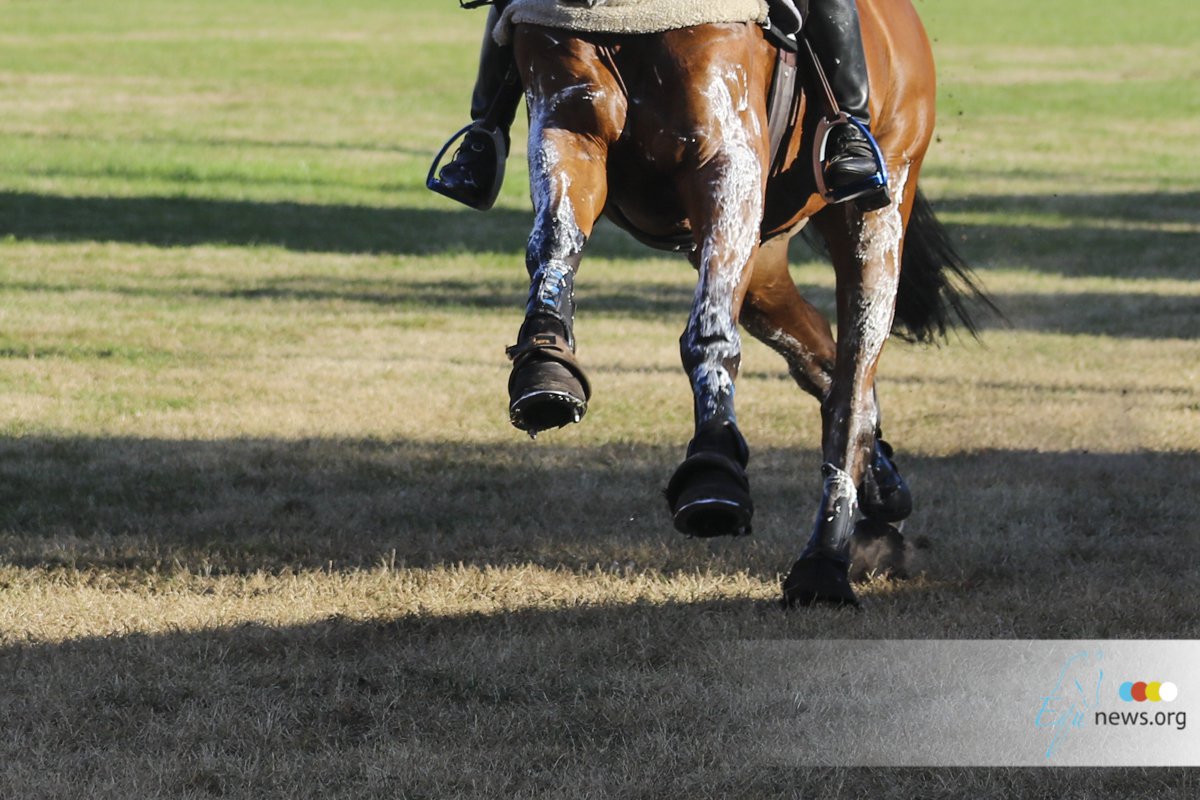The FEI has a public record of riders who have been handed yellow cards or verbal warnings. Yellow cards and verbal warnings are handed out to riders for many different offences at FEI level. The main reason is usually for horse welfare issues or incorrect behaviour. The ground jury are responsible for handing out these cards and anyone who receives another yellow card for the same offence within the year faces suspension. The list makes interesting reading as sometimes you have to read between the lines. Since the beginning of the year 46 yellow cards have been handed out across the globe. It is not surprising that the most have been handed out at 1* level as this is the level most commonly participated in. The Australians have been handed the most verbal warnings and yellow cards with 14 handed out in the last year. India has six accumulated at two events. Perhaps a sign that they are a developing nation and need more help and support within the sport. Dangerous riding and continuing after three refusals is the most common infraction.
- Several are for continuing after three refusals on cross country and this is classified as dangerous riding.
- A little worrying is a USA rider who received one for jumping a warm up jump dangerously.
- Abuse of the horse appears for excessive use of the spurs or bit.
- A German rider and a dutch rider received one for dangerous riding for jumping from a standstill.
- Jumping a lane rope was judged to be deserving of getting a yellow card for an Australian rider.
- A British rider received a verbal warning at Badminton for abuse of the horse with whip and spurs.
- An Australian rider received a verbal warning for excessive use of the spurs and hands at the conclusion of a dressage test.
- An Indian coach received one for not advising a junior pupil correctly – we can only guess at why this was!
- A verbal warning was given to a French rider for dogs not being on the lead and running after horses in the warm up and on cross country. You would think a rider would know better.



